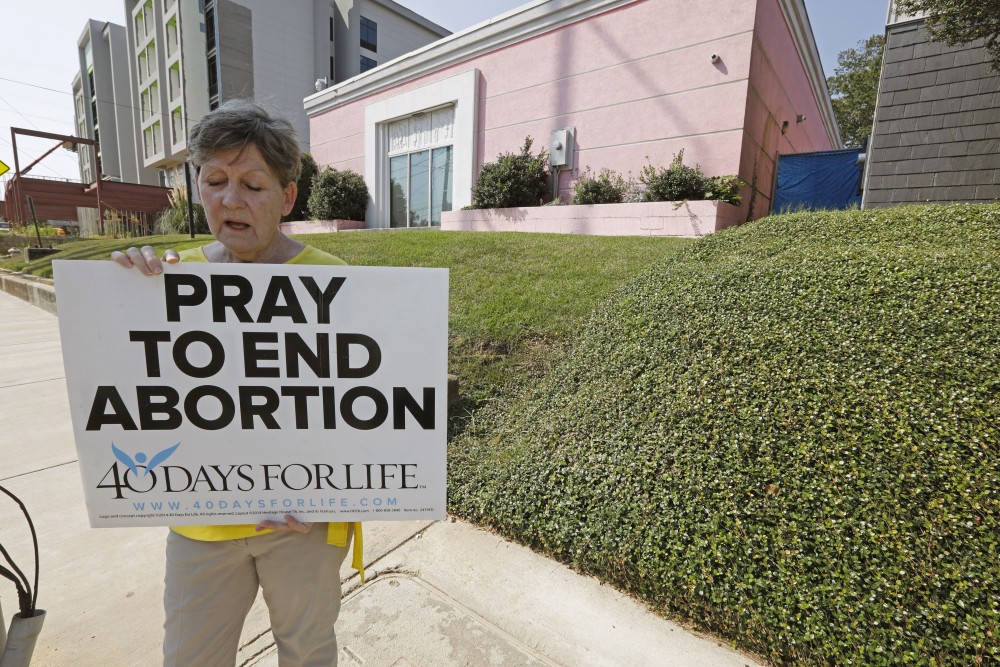Conservatives push big issues to forefront at Supreme Court

Abortion. Guns. Religion. A Trump-fortified conservative majority is making its presence felt at the Supreme Court by quickly wading into high-profile social issues that have long been goals of the right.
For years, frustrated conservatives, including some justices, chided the court with its majority of Republican appointees for not going far enough on some issues and for passing on others altogether.
Now, with three appointees of former president Trump on the nine-member court, longer-serving conservative justices Samuel Alito and Clarence Thomas can cobble together 5–4 majorities even without the vote of Chief Justice John Roberts.
The Trump-appointed justices—Neil Gorsuch, Brett Kavanaugh, and Amy Coney Barrett—represent “not only a shift of ideology but a shift of power. There are five justices to the right of Roberts,” said Boston College law professor Kent Greenfield. “What that means is that the chief is not in control of the court anymore.”
Since October 2020, when Barrett joined the court, conservative majorities have issued a series of orders in favor of religious worshipers who had challenged restrictions imposed because of COVID-19. Barrett provided the fifth vote in several cases.
Read our latest issue or browse back issues.
Roberts has been unwilling to second- guess elected officials in these cases. Prior to her death in September 2020, Justice Ruth Bader Ginsburg had voted to keep the restrictions on religious services in place as well.
Perhaps even more significant are the culture war issues that the court will, in all likelihood, rule on in the spring of 2022, in the run-up to the congressional midterm elections. The justices announced on May 17 that they will hear an abortion case that could undo nearly 50 years of abortion rights rulings, and in April they agreed to decide whether Americans have a constitutional right to carry guns in public for self-defense.
Waiting in the wings is a direct challenge to affirmative action in college admissions. The case, which involves Harvard University, calls on the court to reverse a 2003 ruling upholding race as a permissible factor in admissions. A vote to hear it next term could come before the court takes its long summer break.
A decision to hear a case takes just four votes and is no guarantee of its outcome. But on guns and abortion in particular, the court is wading into the sort of cases that it declined to hear in the recent past, when it had a more tenuous conservative majority.
Thomas, the longest-serving current justice, has long complained about his colleagues’ timidity on these topics. For nearly 30 years, he has called on the court to overturn the landmark Roe v. Wade decision that extended abortion rights across the country. He was one of four justices who would have overturned Roe in 1992, in his first term on the court.
Instead, a five-member majority composed entirely of justices appointed by Republican presidents reaffirmed constitutional protections for women seeking abortions.
Carrie Severino, whose Judicial Crisis Network spent tens of millions of dollars in support of confirming the three Trump appointees, said the justices have not shied away from big issues.
“Having Trump’s nominees on the court has made a real impact. It’s exciting to see a solid majority of the court committed to interpreting the constitution as it’s written,” said Severino, a onetime law clerk for Thomas.
Liberal groups are alarmed at the turn of events generally and the court’s intervention in the abortion case in particular.
Take Back the Court, a group pushing for Supreme Court expansion, said in a letter to President Biden that the recent developments are a predictable result of Republican efforts to keep Scalia’s seat open and then fill Ginsburg’s quickly.
“None of this is a surprise: the Supreme Court was stolen by Mitch McConnell—and its theft designed by the Federalist Society—explicitly to overturn Roe and restrict women’s rights,” the letter reads.
Biden’s commission on Supreme Court reform held its first meeting on May 19. It’s supposed to report back in six months. —Associated Press






